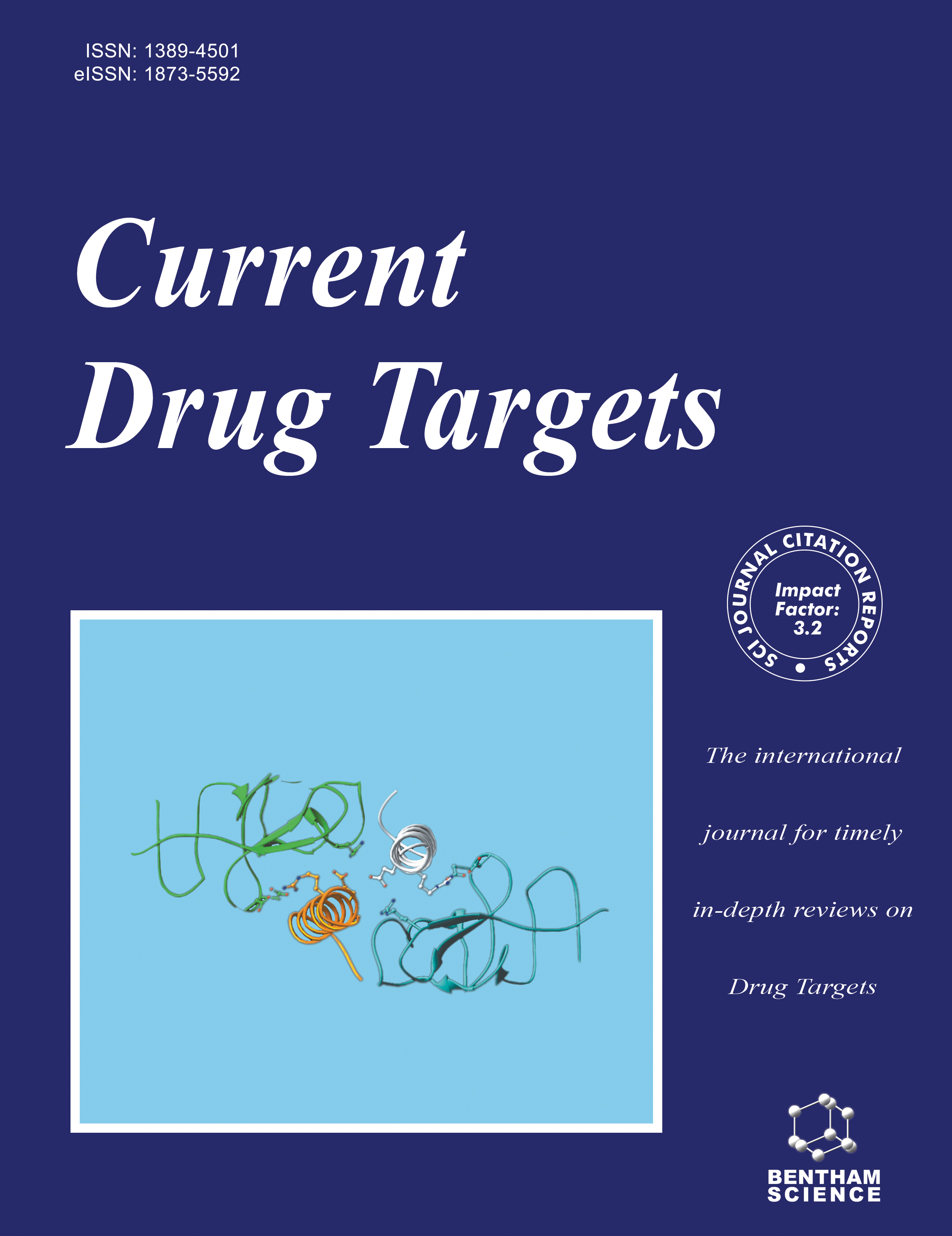
Full text loading...
Globally, high mortality is brought on by RNA viruses, which are linked to chronic human disorders. Viruses dominate the WHO's current ranking of the top 10 global health hazards, especially RNA viruses. RNA viruses, like HIV, SARS-CoV-2, and influenza, which are among the most prevalent and frequently encountered RNA viruses, use RNA as their genetic material, making them prone to quick changes. They adapt rapidly, complicating the body's immune responses. HIV, a significant retrovirus, infiltrates the immune system, causing AIDS by compromising defenses against infections. SARS-CoV-2, which led to COVID-19, sparked a worldwide pandemic with respiratory symptoms, emphasizing the need for research and therapeutic innovations. The COVID-19 pandemic has demonstrated the insufficiency of available resources in effectively addressing emerging viral infections. Influenza, a seasonal RNA virus, triggers flu outbreaks, impacting public health. Research is crucial to understanding how these viruses interact with hosts, aiding the development of effective treatments and strengthening our ability to face new viral threats. The most effective defenses against viral illnesses are virus-specific vaccinations and antiviral drugs. The present review emphasizes the prevalence of the three most pathogenic and widespread RNA viruses, namely HIV, influenza, and SARS-CoV2, their pathophysiology, and the current treatment with FDA-approved drugs. It also incorporates novel analogs that are under clinical trials as there is an urgent need for innovative antiviral medications, and enormous global efforts are required to find secure and efficient cures for these viral infections.

Article metrics loading...

Full text loading...
References


Data & Media loading...

